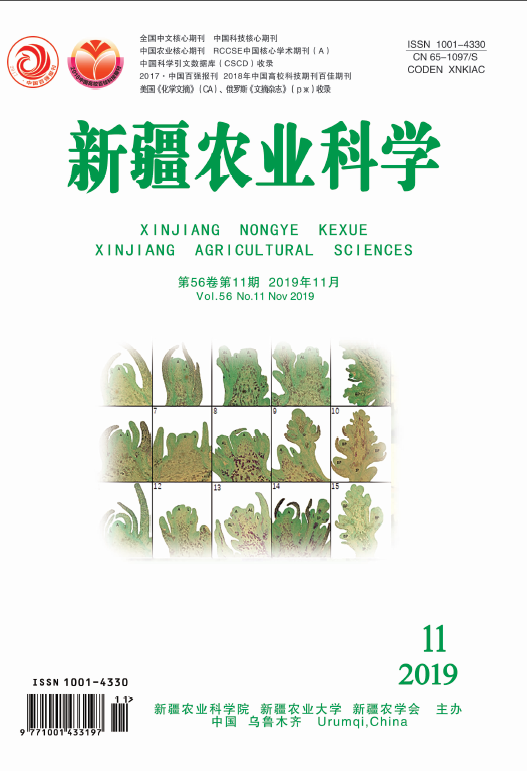|
|
Preliminary Study on Weed Species Composition and Community Characteristics in Sweet Potato Field in Desert Oasis Region of Southern Xinjiang
ZHANG Hang 1, LIN Ning1,2, CHEN Li1,3, FU Kai-yun1, JIN Ping4, LIU En-liang4, GAO Hai-feng1
2019, 56(11):
2079-2089.
DOI: 10.6048/j.issn.1001-4330.2019.11.014
【Objective】 To clarify the weed species composition and community structure in sweet potato fields in desert oasis region of Xinjiang. 【Method】 The weeds of sweet potato fields were investigated using the method of inverted W-pattern with 9 sampling points.【Result】 The results showed that 46 weed species belonged to 42 genera of 19 families in sweet potato fields in desert oasis region of Xinjiang. There were 10 species of Gramineae, 8 species of Compositae, 5 species of Chenopodiaceae, 3 species of Leguminosae, 3 species of Polygonaceae and 1-2 species of other families. There were 20 species of weeds whose relative abundance were more than 1. The dominant weeds in sweet potato fields were Digitaria sanguinalis, Portulaca oleracea, Echinochloa crusgalli, Convolvulus arvensis, Amaranthus retroflexus, Chenopodium album and Echinochloa crusgalli var. mitis. The common weeds were Solanum nigrum, Hibiscus trionum, Eleusine indica, Eragrostis minor, Setaria viridis, Sonchus arvensis, Phragmites communis, Sonchus arvensis, Datura stramonium, Cirsium japonicum, Chloris virgata, Equisetum ramosissimum and Artemisia argyi, the other 26 weed species were normal weeds. Among the dominant weeds, the most harmful weeds were Digitaria sanguinalis, Portulaca oleracea, Echinochloa crusgalli, the relative abundance of which were 16.29, 13.27 and 11.36.【Conclusion 】 The dominant index of weed community in walnut-sweet potato intercropping field was 0.18, higher than that in sweet potato monocropping field, while the diversity index and evenness index of weed community were 2.25 and 0.60, lower than those in sweet potato monocropping field, respectively. This indicated that the dominant weeds were concentrated in walnut-sweet potato intercropping field, and the damage was higher than that in sweet potato monoculture field. The weed species and community structure in sweet potato fields in desert oasis region of Xinjiang were clarified, which provided a theoretical basis for the scientific control of weeds in sweet potato fields.
|

